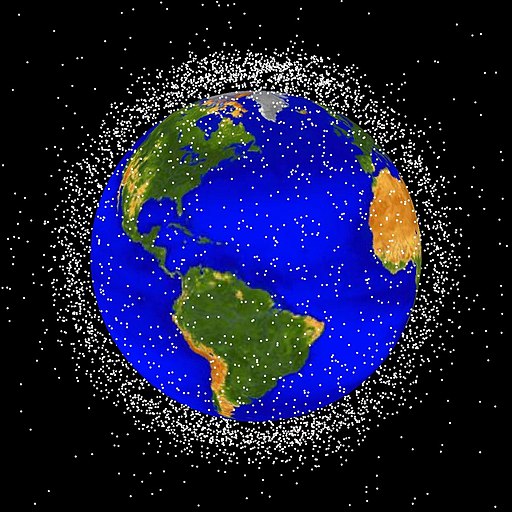
The Chinese space station Tiangong 2 burned in the atmosphere
– News of July 23, 2019 –
In April 2018, Tiangong 1, the first Chinese space station, went into the atmosphere in an uncontrolled way. Although largely burned, some small debris may have reached the ocean in the South Pacific. For China, Tiangong 1 was a test to demonstrate some key technologies of orbital stations. A year and a half earlier, Tiangong 2, a version a bit more advanced than the first Chinese space station, had been put into orbit.
With a length of 10 meters and a diameter of 4.20 meters, it had a mass of 8.5 tons. Its pressurized module was to accommodate two taikonauts for a period of one month, a capacity that was demonstrated by the Shenzhou 11 mission in October 2016. A few months later, the CNSA experimented for the first time Shenzhou automatic cargo to Tiangong 2.
In its three years of existence, Tiangong 2 has enabled China to take important steps in learning how to operate a space station. With the tests completed, China had no real use for the space station and its orbit was no longer actively maintained. Little by little, Tiangong 2 rubbed against the upper layers of the atmosphere.
Last friday, like Tiangong 1, it ended up burning over the South Pacific. This time, the chinese space agency was able to keep control of the space station until the last moment, avoiding any risk of debris falling over an inhabited area. This is further proof that China is improving its space operations every year.

The Tiangong 2 space station has allowed a taikonaut to spend 30 days in space
– News of June 9, 2019 –
China’s second space station, named Tiangong 2, has an architecture very similar to its first space station. In the Tiangong 2 space station, a taikonaut beat the record of stay in orbit for a chinese man, 30 days. After this mission, Tiangong 2 was refueled several times by Shenzhou automatic cargo spaceships. Tiangong 2 is expected to enter the atmosphere in July 2019. For the future of its program, China has great ambitions.
Its next space station, named Tiangong 3, should be assembled at the beginning of the next decade. It will be composed of three pressurized modules for a volume of 90 cubic meters. Its operation will look like the international space station, with a permanent crew and relays every six months. China seems open to international collaborations. Astronauts of other nationalities may go in the space station in the future.
Image by CMSE









